This will be the third and final test flight of the SSLV from Sriharikota.
ISRO plans to launch the 8th Earth Observation Satellite-8 (EOS-8), using its third developmental small satellite launch vehicle (SSLV-D3) on August 16, the day after India’s Independence Day. The launch is set for a one-hour window beginning at 9:17 am (IST), as announced in ISRO’s post on X. This will be the third and final test flight of the SSLV from Sriharikota. According to ISRO, this launch will complete the SSLV development project and lead to future missions by Indian industry and NewSpace India Limited (NSIL).
If the launch is successful, forthcoming SSLV missions will focus on the needs of the NSIL and the commercial market. The SSLV is a smaller and more efficient version of the PSLV. It can be assembled in just a few days with fewer people, while the PSLV takes over a month and needs more manpower. As a cost-effective launcher, the SSLV is expected to increase the number of ISRO’s commercial launches and help India expand its share in the global space launch services market, valued at $14.9 billion in 2023, and projected to grow at a rate of 14.6% from 2024 to 2030, according to ToI.
The main goal of EOS-08 is to create and develop a small satellite that incorporates new technologies needed for future missions. It also ensures that the instruments it carries work well with the satellite’s core system, known as the microsatellite bus, which is the basic framework of the satellite that provides such essential functions as power, communication and control, allowing the satellite to operate effectively in space.
EOS-08 AND ITS PAYLOADS
Mass and Power: The EOS-08 satellite weighs about 175.5 kg and is built to produce 420 watts of power. It is expected to operate for one year.
Payloads
1. Electro Optical Infrared Payload (EOIR): This payload takes images in the mid-wave IR (MIR) (3 to 5 micrometres) and long-wave IR (LWIR) (8 to 12 micrometres) ranges, working both day and night. It helps with various tasks, such as satellite surveillance, monitoring disasters, tracking the environment, detecting fires, observing volcanic activity and assessing incidents at industrial sites and power plants
2. Global Navigation Satellite System-Reflectometry Payload (GNSS-R): This payload is used for remote-sensing tasks, such as analysing ocean surface winds, assessing soil moisture, studying the cryosphere in the Himalayan region, detecting floods and monitoring inland water bodies
3. SiC UV Dosimeter: This device measures UV radiation, especially for the Gaganyaan mission and acts as an alarm for high levels of gamma radiation.
TECHNICAL ADVANCEMENTS
The EOS-08 satellite includes significant upgrades, particularly with its new integrated avionics system, known as the communication, baseband, storage and positioning (CBSP) package. This system combines multiple functions into a single unit using commercially available components, allowing for efficient
communication and data management while providing up to 400 GB of storage. By integrating these functions, the CBSP package reduces the overall weight and complexity of the satellite’s systems, enhancing its efficiency.
Additional tech improvements include a structural panel with a built-in circuit board, a battery inside, a micro-DGA (dual gimbal antenna), a phased array antenna (M-PAA) and a flexible solar panel. These parts are important for testing new technology, making EOS-08 a key achievement in ISRO’s space missions.
i. A Micro-DGA (dual gimbal antenna) is a type of antenna that can move in two directions, allowing it to track satellites more accurately. This helps ensure strong communication signals during the satellite's operations.
ii. A phased array antenna (M-PAA) uses multiple small antennas that can change their signal direction quickly. This allows the satellite to communicate with different targets without moving the whole antenna
ISRO’s successful launch of the SSLV-D3/EOS-08 mission will allow for regular operations, strengthening India’s space capabilities and enhancing its earth observation and remote-sensing systems. ISRO’s successful launch of the SSLV-D3/EOS-08 mission will allow for regular launches, improving India’s space capabilities and enhancing its earth observation and remote-sensing systems.
WHAT EXACTLY IS AN EOS?
Earth observation satellites (EOSes) are like our eyes in the sky, keeping watch over our planet. These satellites are designed to observe and gather information about Earth from space. While some are used for military purposes, many others play a crucial role in understanding and managing our environment. They help us track such things as:
o Ocean health: Measuring how salty the ocean is
o Ice levels: Determining how thick ice caps and glaciers are
o Agriculture: Monitoring the health of our crops
o Air quality: Assessing the quality of the air we breathe
The information these satellites collect is essential for protecting our environment, managing resources responsibly, responding to natural disasters and humanitarian crises and promoting sustainable development.
The most common types of satellites are Earth-imaging satellites, which capture images of Earth similar to aerial photos. Some Earth observation satellites can gather data without creating pictures, such as those using GNSS radio occultation (or shadowing).
DIFFERENT TYPES OF EOSES
EOSes can be grouped into two types based on how they gather images: Passive and active.
ü Passive satellites capture radiation that bounces off Earth’s surface, such as visible light and infrared. However, they usually cannot see through clouds
ü Active satellites, on the other hand, send energy down to Earth and measure the signals that come back. This allows them to gather information even when there are clouds
HOW EOSES GATHER DATA
EOSes travel in different orbits, giving various views of Earth. Most satellites cannot collect data all the time due to limits in power and storage. Some provide regular and reliable data, while others gather
smaller amounts over longer periods. The data is stored on the satellite until it can connect with a ground station to send it down. The time from when an image is taken to when it is available for download can range from a few minutes to a month, but this is getting faster with new technology. Since different companies own these satellites, there are many data providers, each with their own pricing.
ISRO has launched many remote-sensing satellites that are currently being used for various applications, such as agriculture, urban planning, rural development, mineral prospecting, environment monitoring, forestry, ocean resources mapping and disaster management. There are 13 satellites in Sun-synchronous orbit and four in geostationary orbit.
SSLV FOR 500-KM PLANAR ORBIT
The SSLV is a three-stage rocket designed with three solid-fuel stages and a liquid-fuel stage called the velocity trimming module (VTM) that finetunes the final speed. The VTM makes precise adjustments by using small bursts of liquid fuel to control the rocket’s speed and direction, ensuring that the satellite reaches its exact orbit. This setup helps small satellites reach their intended orbits effectively and efficiently.
The SSLV is 2 metres wide and 34 metres long, weighing around 120 tons at launch. It can carry a satellite weighing about 500 kg into a 500-km high planar orbit—an orbit that lies flat on a single, imaginary surface, such as a disk—when launched from the SDSC/SHAR. An example of a planar orbit is when a satellite orbits Earth, it can move in a path that does not go up or down but stays on that flat surface around the planet. This makes the orbit ‘planar’.
The SSLV stands out for its low cost, quick turnaround time and ability to carry multiple satellites. It can be launched on demand and requires minimal infrastructure, making it highly efficient and flexible.
(The author of this article is a Defence, Aerospace & Political Analyst based in Bengaluru. He is also Director of ADD Engineering Components, India, Pvt. Ltd, a subsidiary of ADD Engineering GmbH, Germany)
(Disclaimer: The views expressed above are the author's own and do not reflect those of DNA)
![submenu-img]() India's first horror comedy came years before Stree, Bhediya, Bhool Bhulaiyaa; had no hero, Akshay Kumar borrowed its...
India's first horror comedy came years before Stree, Bhediya, Bhool Bhulaiyaa; had no hero, Akshay Kumar borrowed its...![submenu-img]() Weather Update: IMD predicts extremely heavy rain in this state, light to moderate rain in these states; check forecast
Weather Update: IMD predicts extremely heavy rain in this state, light to moderate rain in these states; check forecast![submenu-img]() Meet India's box office king, only star with 8 consecutive 200-crore hits, bigger than Shah Rukh, Salman, Rajni, Prabhas
Meet India's box office king, only star with 8 consecutive 200-crore hits, bigger than Shah Rukh, Salman, Rajni, Prabhas![submenu-img]() Jeff Bezos' fiancee Lauren Sanchez reveals surprising morning rule, says, 'Just us...'
Jeff Bezos' fiancee Lauren Sanchez reveals surprising morning rule, says, 'Just us...'![submenu-img]() Fast & Furious star Tyrese Gibson arrested in Georgia, details inside
Fast & Furious star Tyrese Gibson arrested in Georgia, details inside![submenu-img]() Trump-Harris Debate: 'मैं रोकूंगा रूस-यूक्रेन युद्ध', ट्रंप का बड़ा दावा, कमला बोलीं- 'पुतिन आपको लंच में खा जाएंगे'
Trump-Harris Debate: 'मैं रोकूंगा रूस-यूक्रेन युद्ध', ट्रंप का बड़ा दावा, कमला बोलीं- 'पुतिन आपको लंच में खा जाएंगे'![submenu-img]() SEBI चीफ पर Special Investigation में बड़े खुलासे, म्यूचुअल फंड से जुड़ा है मामला, जानें पूरा केस
SEBI चीफ पर Special Investigation में बड़े खुलासे, म्यूचुअल फंड से जुड़ा है मामला, जानें पूरा केस![submenu-img]() 'इस साल कोई दुर्गा पूजा नहीं मनाएगा...' कोलकाता RG कर हॉस्पिटल रेप-मर्डर पीड़िता के पिता ने क्यों कही ये बात
'इस साल कोई दुर्गा पूजा नहीं मनाएगा...' कोलकाता RG कर हॉस्पिटल रेप-मर्डर पीड़िता के पिता ने क्यों कही ये बात![submenu-img]() PM Modi और CM Yogi का ग्रेटर नोएडा दौरा, Traffic Advisory जारी, जान लें अपने रूट का हाल
PM Modi और CM Yogi का ग्रेटर नोएडा दौरा, Traffic Advisory जारी, जान लें अपने रूट का हाल![submenu-img]() Bangladesh मांग रहा भारत से Sheikh Hasina को वापस, क्या कहती है दोनों देशों की प्रत्यर्पण संधि?
Bangladesh मांग रहा भारत से Sheikh Hasina को वापस, क्या कहती है दोनों देशों की प्रत्यर्पण संधि?![submenu-img]() Auto giant gifts Olympic medallist Manu Bhaker this car, it costs Rs...
Auto giant gifts Olympic medallist Manu Bhaker this car, it costs Rs...![submenu-img]() Union Minister Nitin Gadkari says this big carmaker ignored his advice on EVs, 'now they've…'
Union Minister Nitin Gadkari says this big carmaker ignored his advice on EVs, 'now they've…'![submenu-img]() Tata Safari, rival to Hyundai Alcazar Facelift gets massive discount, save up to Rs…
Tata Safari, rival to Hyundai Alcazar Facelift gets massive discount, save up to Rs…![submenu-img]() Hyundai Alcazar facelift launched in India: Check price, design and other features
Hyundai Alcazar facelift launched in India: Check price, design and other features![submenu-img]() Jawa 42 FJ vs Royal Enfield Classic 350: Price, engine, specs compared
Jawa 42 FJ vs Royal Enfield Classic 350: Price, engine, specs compared ![submenu-img]() Meet man, who cracked UPSC twice, has 20 degrees, resigned as IAS officer due to...
Meet man, who cracked UPSC twice, has 20 degrees, resigned as IAS officer due to...![submenu-img]() Meet woman, daughter of widow labourer who cleared UPSC twice, became IPS at 21, IAS at 22, she is famous as India’s...
Meet woman, daughter of widow labourer who cleared UPSC twice, became IPS at 21, IAS at 22, she is famous as India’s...![submenu-img]() Meet Indian genius, son of IIT-JEE topper, who won gold at world’s toughest...
Meet Indian genius, son of IIT-JEE topper, who won gold at world’s toughest...![submenu-img]() AIAPGET 2024: Counselling registration starts today, check details here
AIAPGET 2024: Counselling registration starts today, check details here![submenu-img]() Meet woman who topped class 10, 12, CLAT, law school, cleared UPSC in 1st try, got AIR 60 with self-study, now posted...
Meet woman who topped class 10, 12, CLAT, law school, cleared UPSC in 1st try, got AIR 60 with self-study, now posted...![submenu-img]() Manipur Violence: Curfew Imposed In Three Manipur Districts Amid Drone, Rocket Attacks By Insurgents
Manipur Violence: Curfew Imposed In Three Manipur Districts Amid Drone, Rocket Attacks By Insurgents![submenu-img]() Kolkata Doctor Case: Victim's Mother Blasts CM Mamata Banerjee's 'Insensitive' Durga Puja call
Kolkata Doctor Case: Victim's Mother Blasts CM Mamata Banerjee's 'Insensitive' Durga Puja call![submenu-img]() Apple Watch Series 10 Launch: Key Highlights & Specs | All-New Apple Watch Unveiled
Apple Watch Series 10 Launch: Key Highlights & Specs | All-New Apple Watch Unveiled![submenu-img]() Ukraine-Russia War: Airports Shut, One Dead As Ukraine Launches Massive Drone Attack On Moscow
Ukraine-Russia War: Airports Shut, One Dead As Ukraine Launches Massive Drone Attack On Moscow![submenu-img]() Kolkata Doctor Case: 'CM Wanted To Strangle The Protest', Victim’s Mother Rejects CM Mamata's Claim
Kolkata Doctor Case: 'CM Wanted To Strangle The Protest', Victim’s Mother Rejects CM Mamata's Claim![submenu-img]() Mukesh Ambani's Reliance ties up with Israeli company to launch....
Mukesh Ambani's Reliance ties up with Israeli company to launch....![submenu-img]() Auto giant gifts Olympic medallist Manu Bhaker this car, it costs Rs...
Auto giant gifts Olympic medallist Manu Bhaker this car, it costs Rs...![submenu-img]() Meet woman, daughter of an Indian billionaire, she leads Rs 20335 crore company, Mukesh Ambani is her…
Meet woman, daughter of an Indian billionaire, she leads Rs 20335 crore company, Mukesh Ambani is her…![submenu-img]() Meet man, who worked at Mukesh Ambani's company for 5 yrs, resigned to launch Rs 1091 crore...
Meet man, who worked at Mukesh Ambani's company for 5 yrs, resigned to launch Rs 1091 crore...![submenu-img]() Meet man, an IITian, who is richer than Infosys founder Narayana Murthy, Sudha Murthy, his net worth...
Meet man, an IITian, who is richer than Infosys founder Narayana Murthy, Sudha Murthy, his net worth...![submenu-img]() Meet Salman Khan’s ‘sister’, who became star at 10, left Bollywood after giving Rs 400-crore hit, now earns through…
Meet Salman Khan’s ‘sister’, who became star at 10, left Bollywood after giving Rs 400-crore hit, now earns through…![submenu-img]() Rs 4000 crore palace, 8 jets, 700 cars: All about Abu Dhabi royal family
Rs 4000 crore palace, 8 jets, 700 cars: All about Abu Dhabi royal family![submenu-img]() Mukesh Ambani's fitness secret: From morning yoga to simple lunch, here are all details
Mukesh Ambani's fitness secret: From morning yoga to simple lunch, here are all details![submenu-img]() Top Tata Motors cars to buy in India
Top Tata Motors cars to buy in India![submenu-img]() Meet actress, who was linked to superstar, quit Bollywood to marry Pakistani cricketer, got divorced, is now...
Meet actress, who was linked to superstar, quit Bollywood to marry Pakistani cricketer, got divorced, is now...![submenu-img]() Weather Update: IMD predicts extremely heavy rain in this state, light to moderate rain in these states; check forecast
Weather Update: IMD predicts extremely heavy rain in this state, light to moderate rain in these states; check forecast![submenu-img]() J&K terror funding case: Baramulla MP Engineer Rashid gets bail till October 2 due to…
J&K terror funding case: Baramulla MP Engineer Rashid gets bail till October 2 due to…![submenu-img]() RG Kar ex-principal Sandip Ghosh sent to 14-day judicial custody till...
RG Kar ex-principal Sandip Ghosh sent to 14-day judicial custody till...![submenu-img]() Adapting to Climate Challenges: The Role of Systems Engineering in Modern Insurance and Financial Services
Adapting to Climate Challenges: The Role of Systems Engineering in Modern Insurance and Financial Services![submenu-img]() Manipur: Internet suspended in state for 5 days amid students' agitation
Manipur: Internet suspended in state for 5 days amid students' agitation

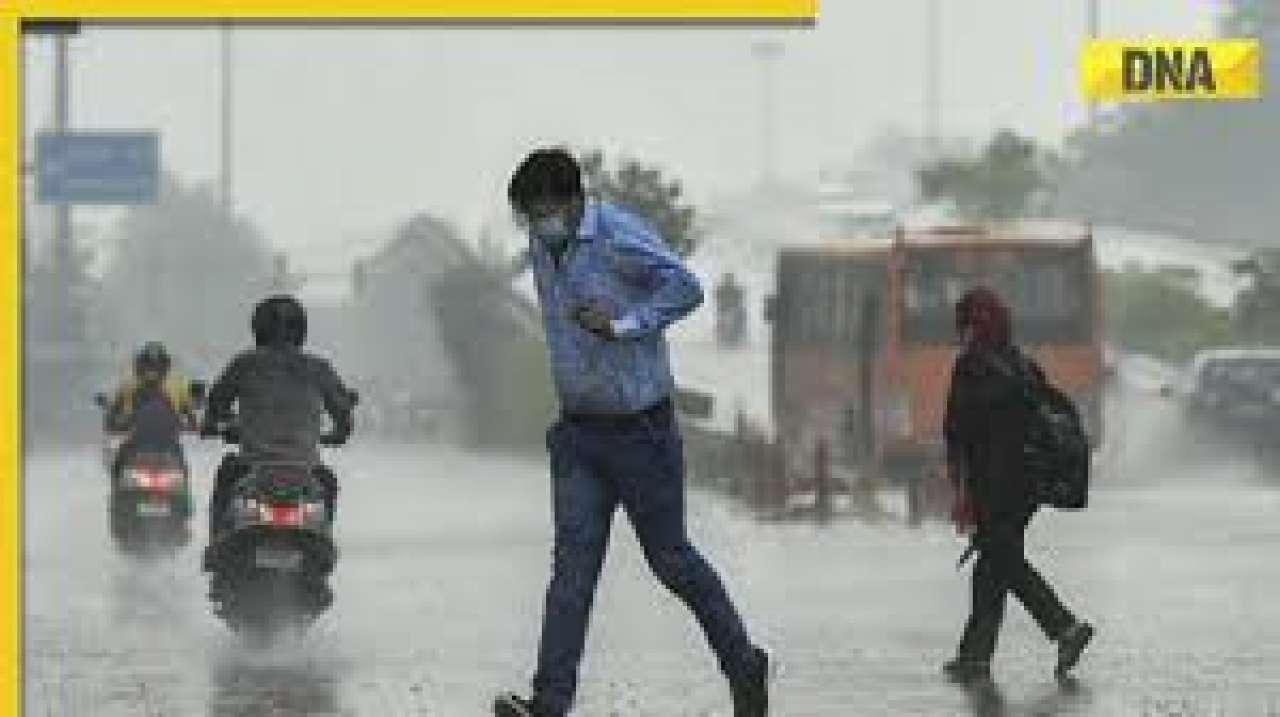









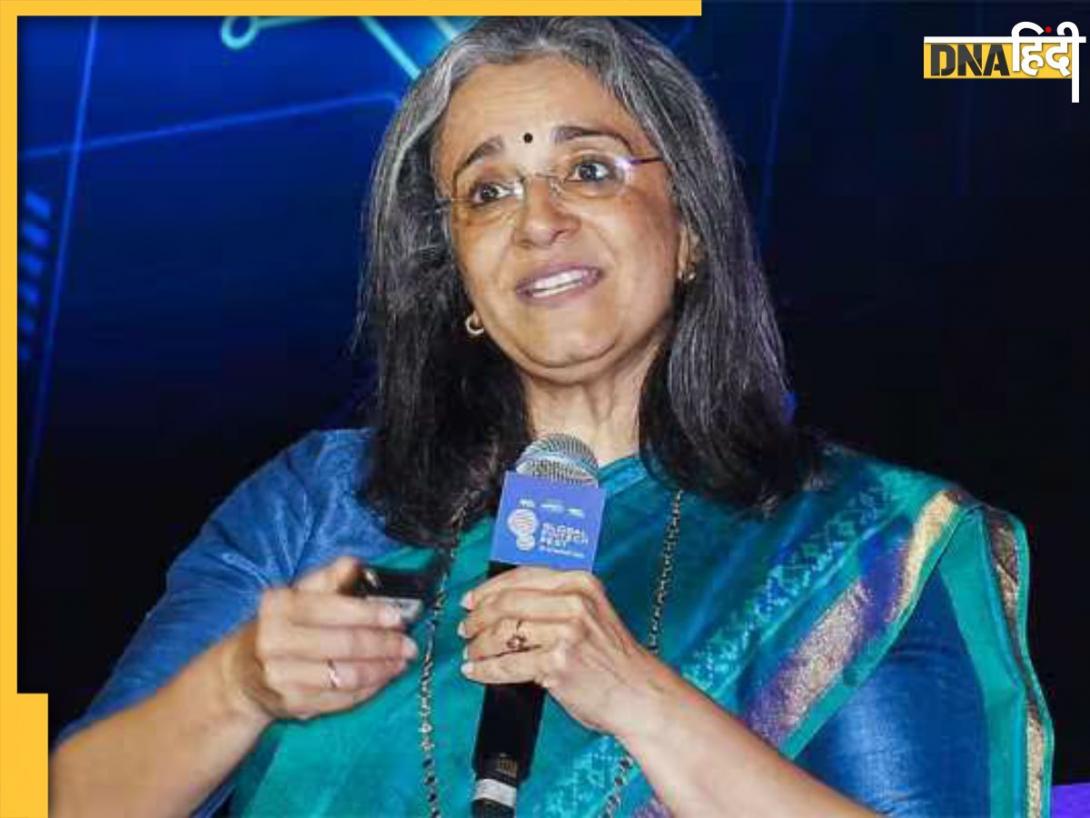

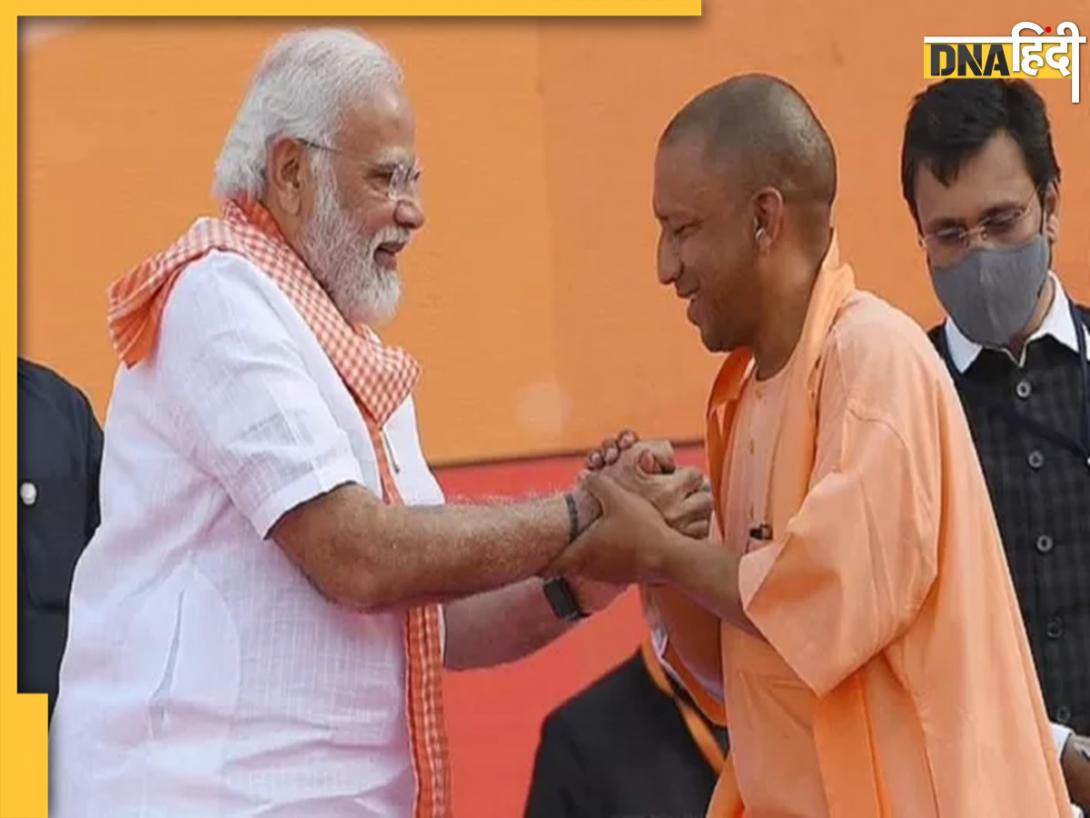






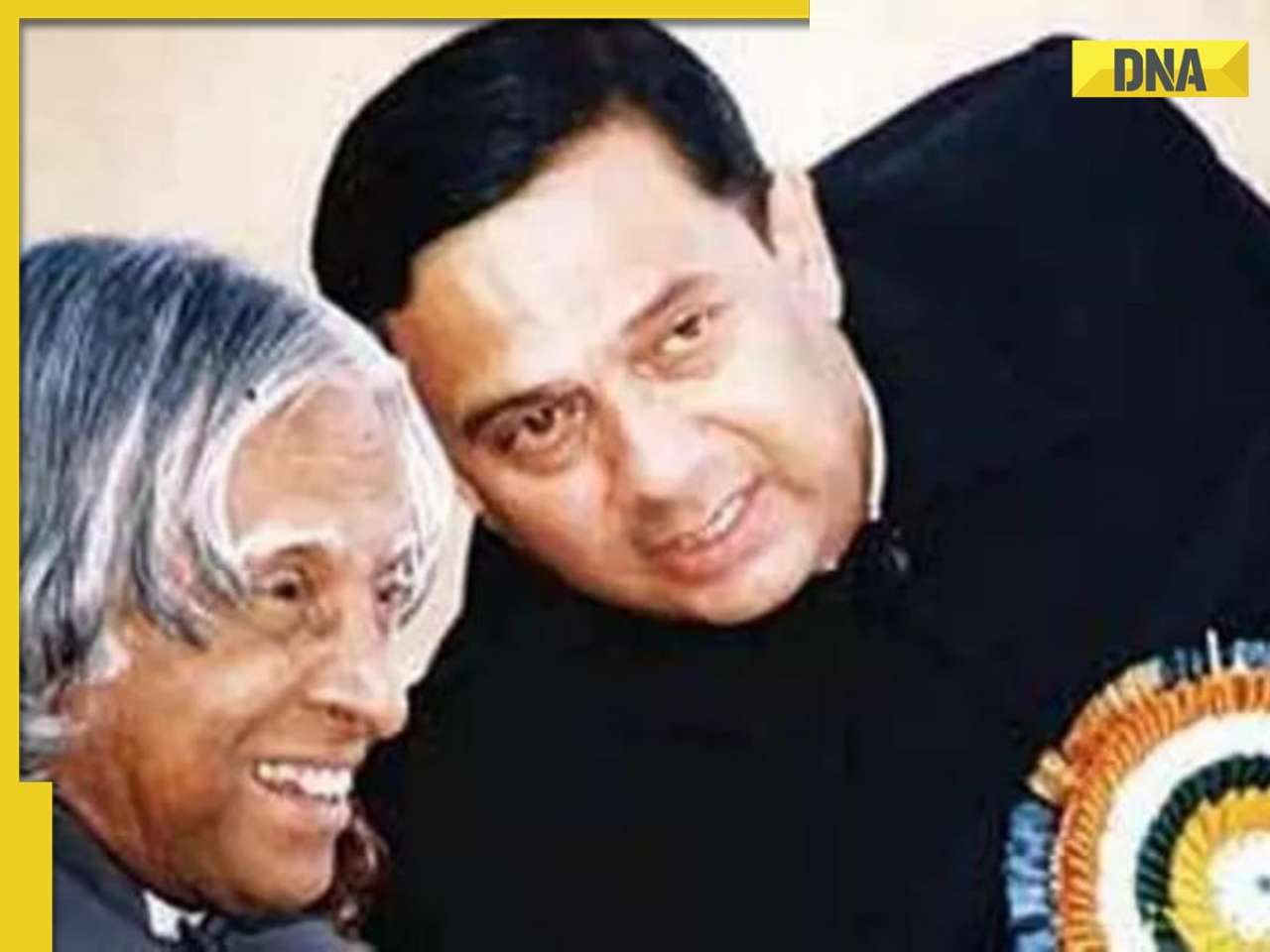
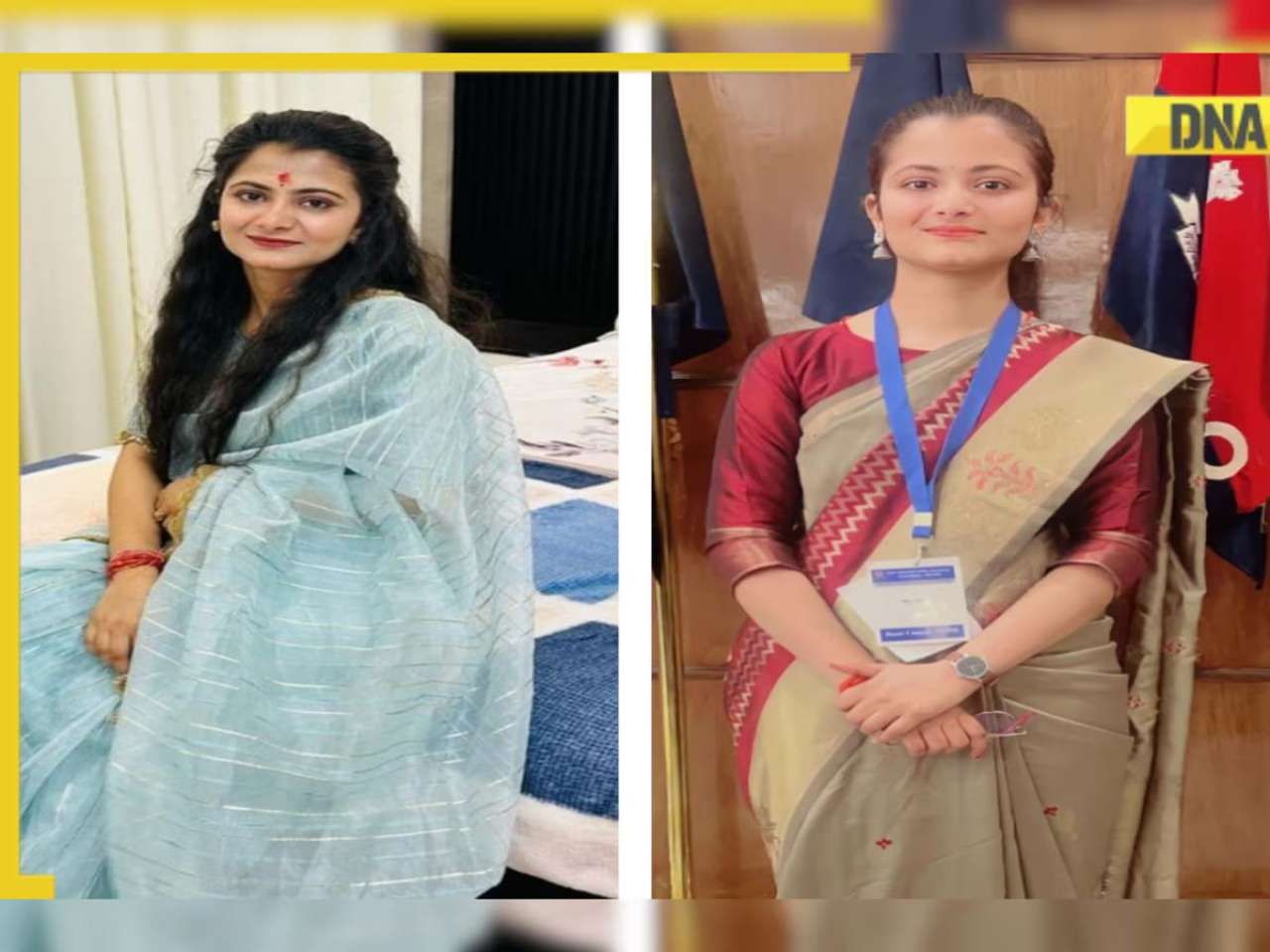









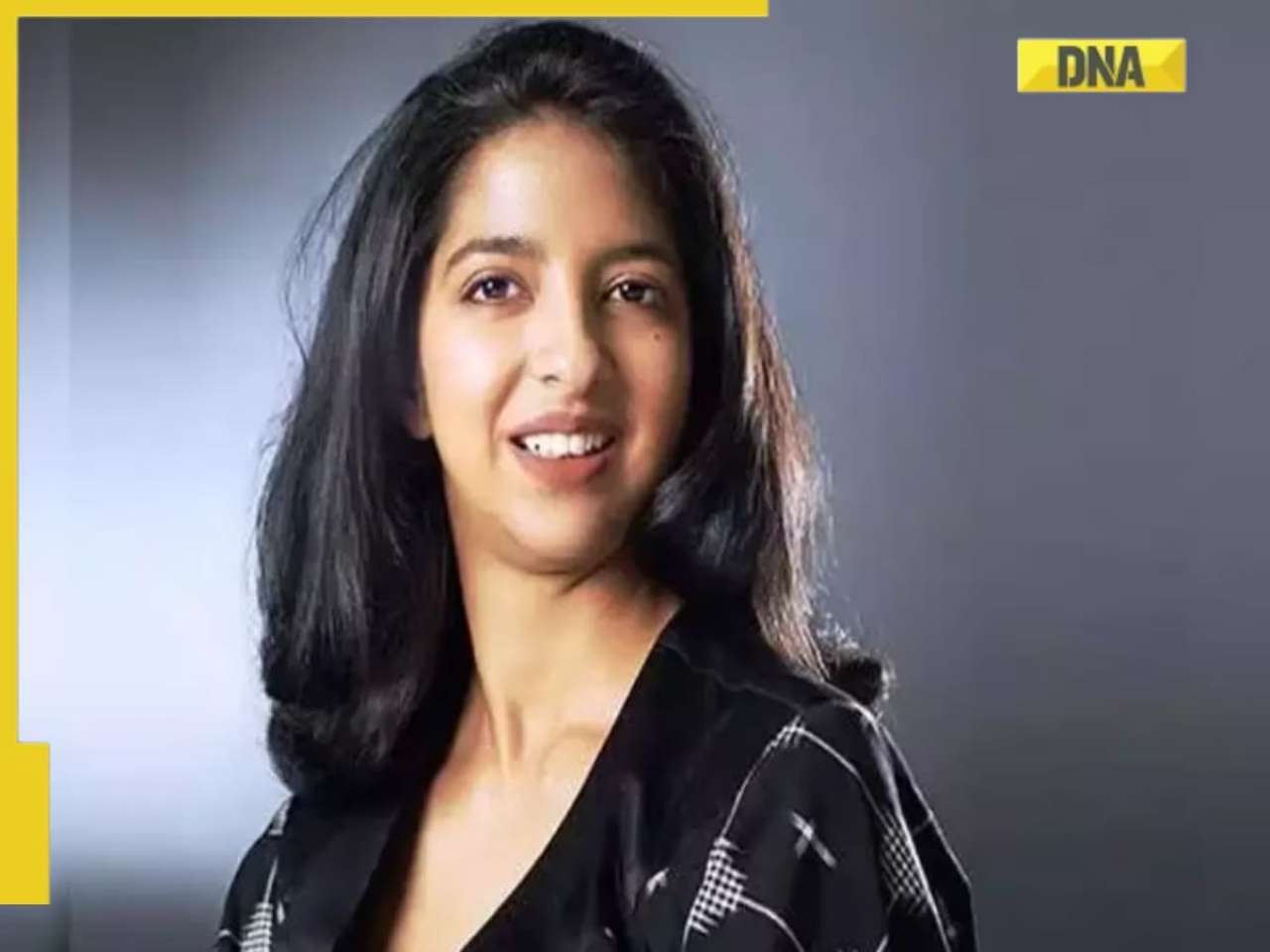
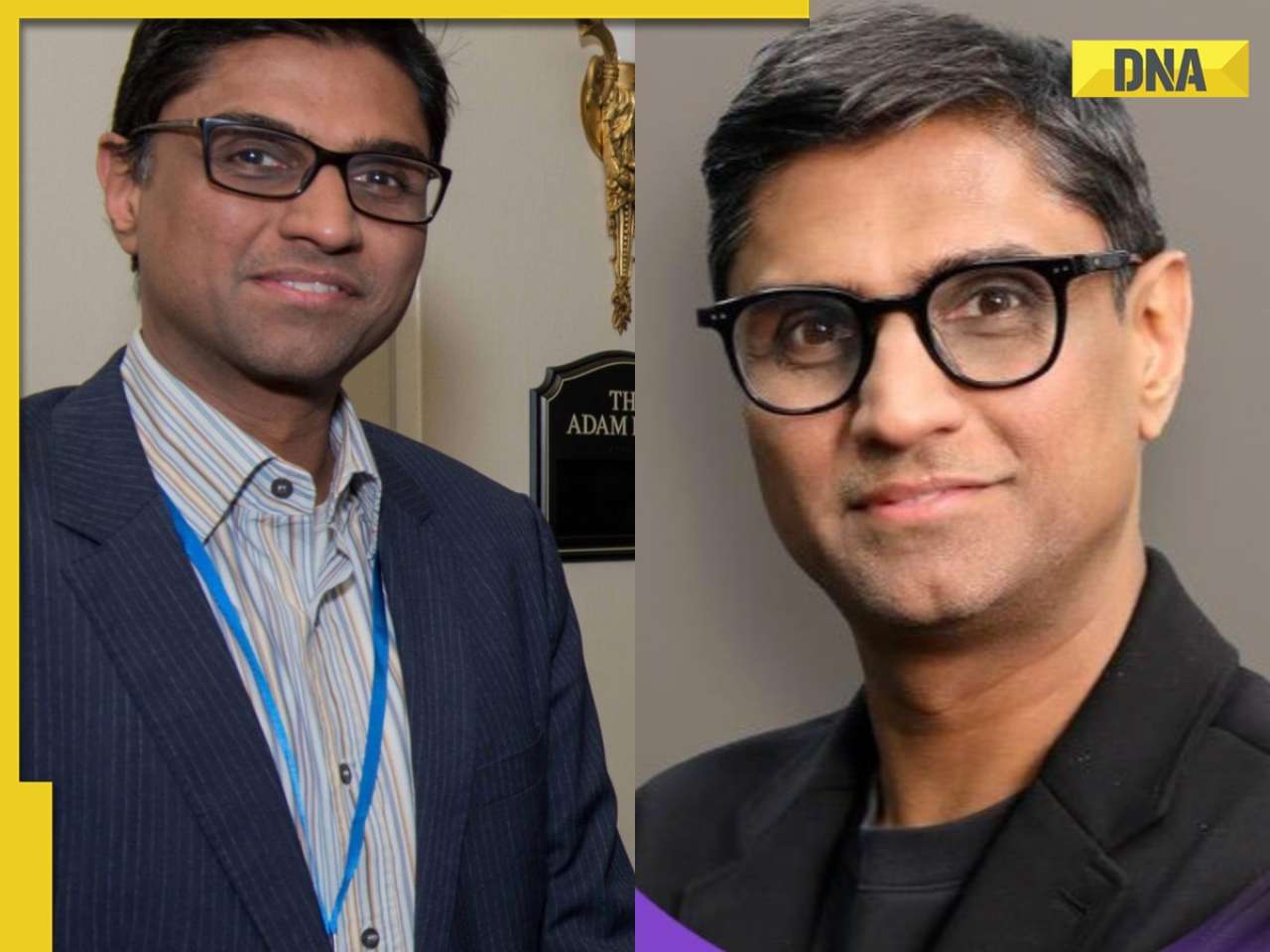









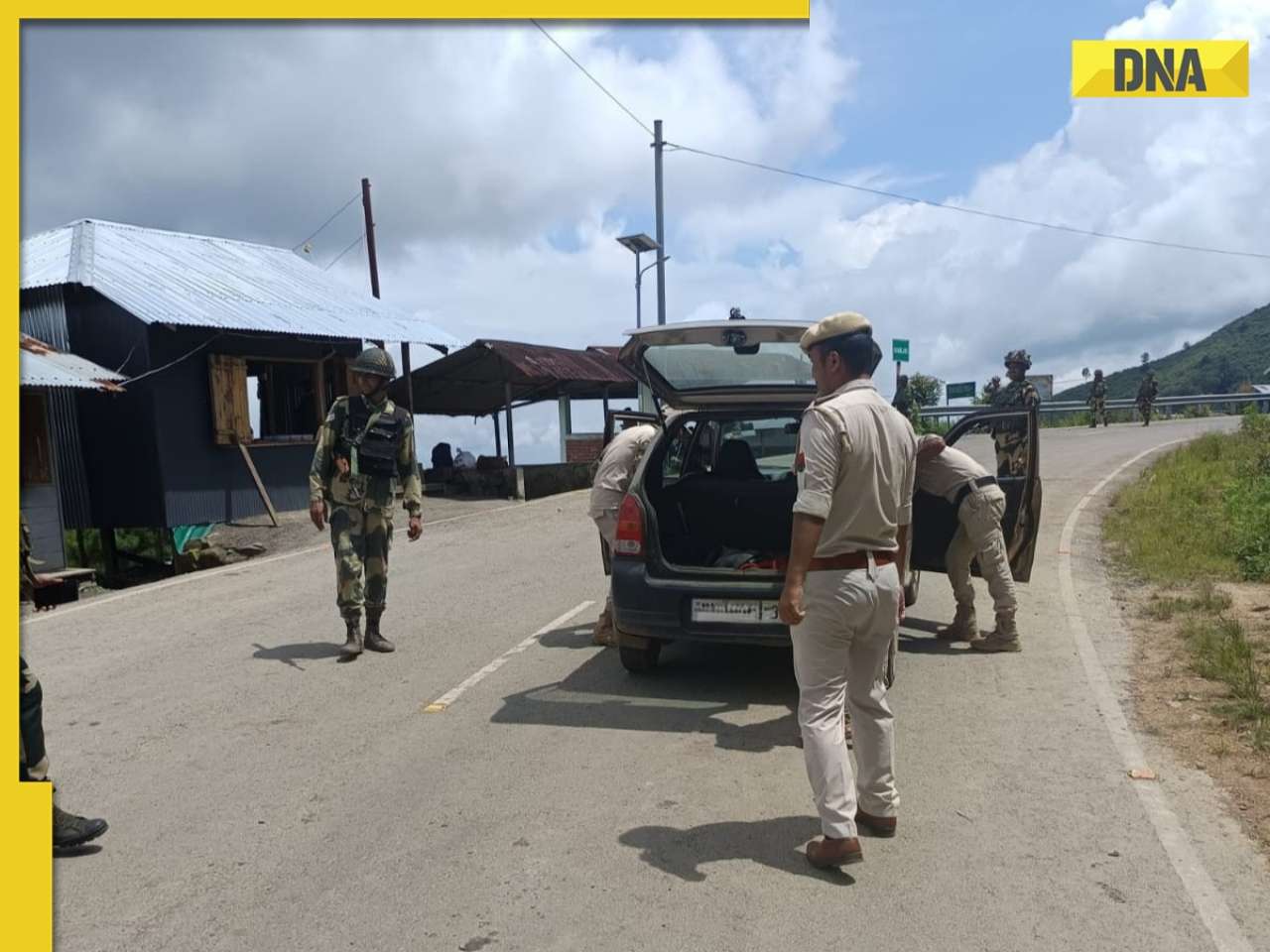

)
)
)
)
)
)
)
)
)
)
)
)
)
)
)





)
)
)
)
)
)